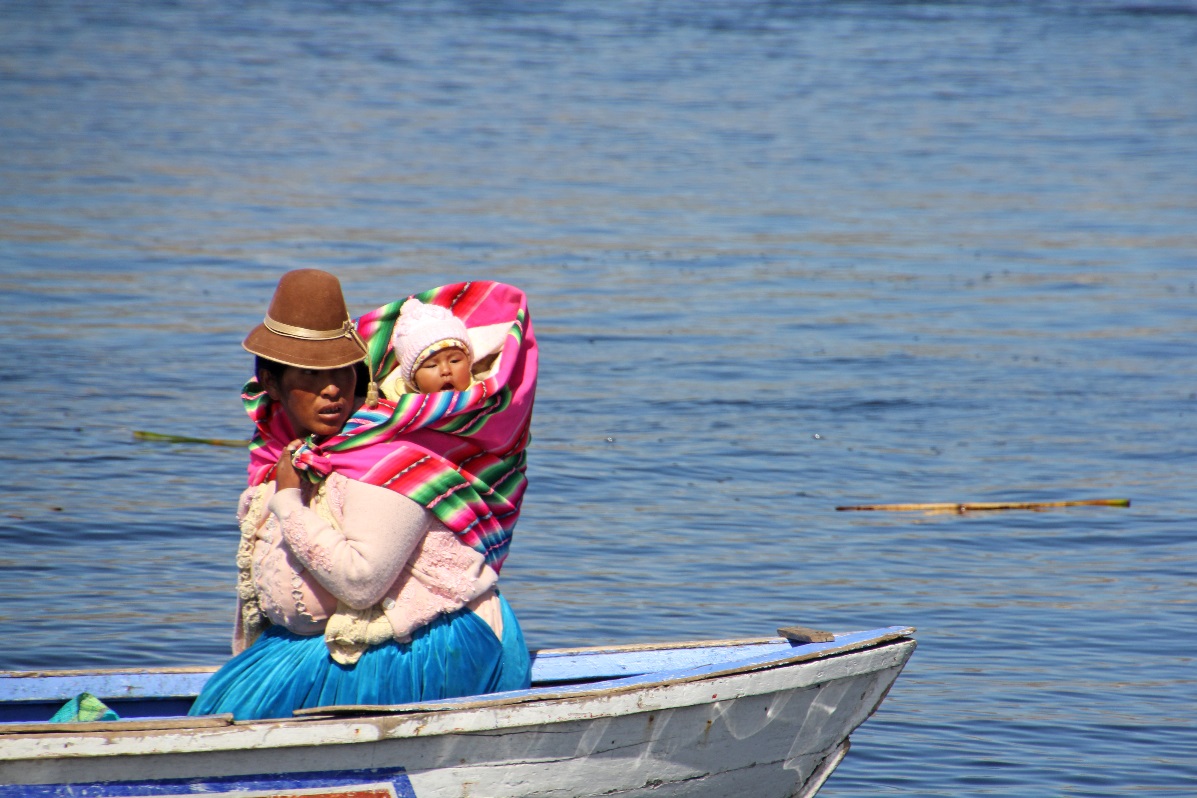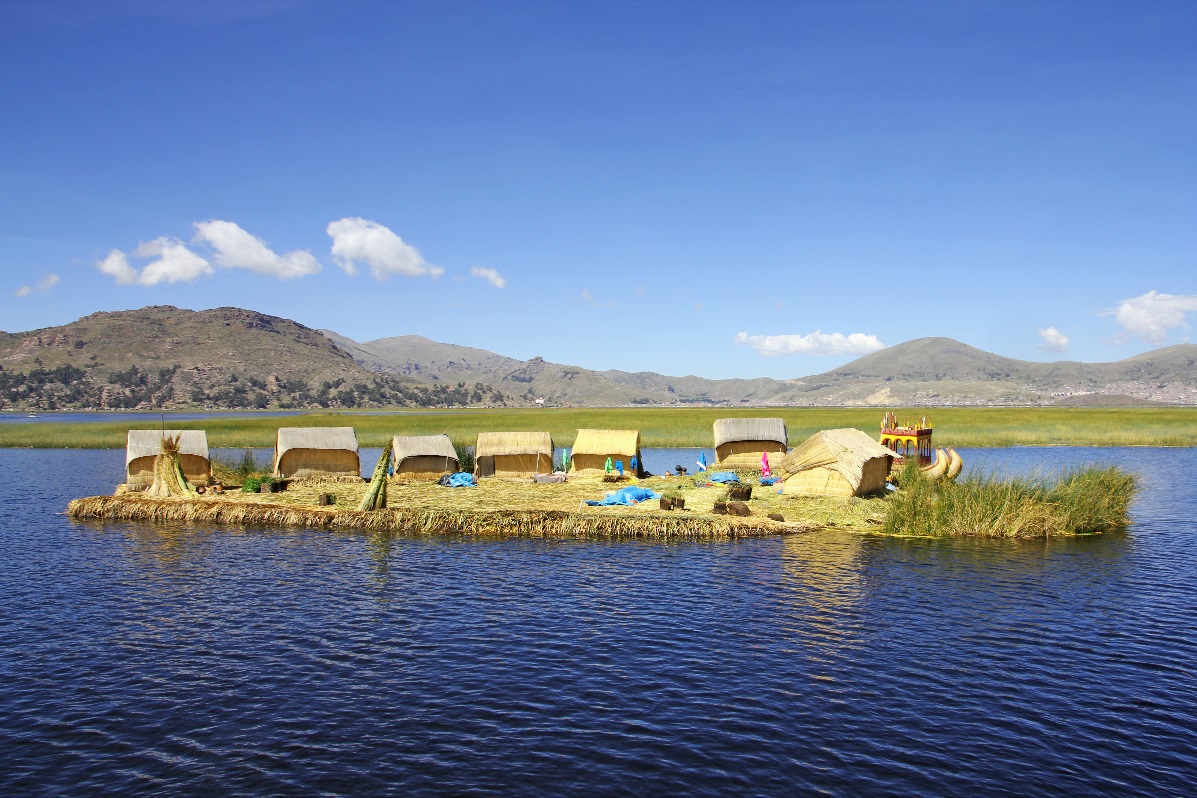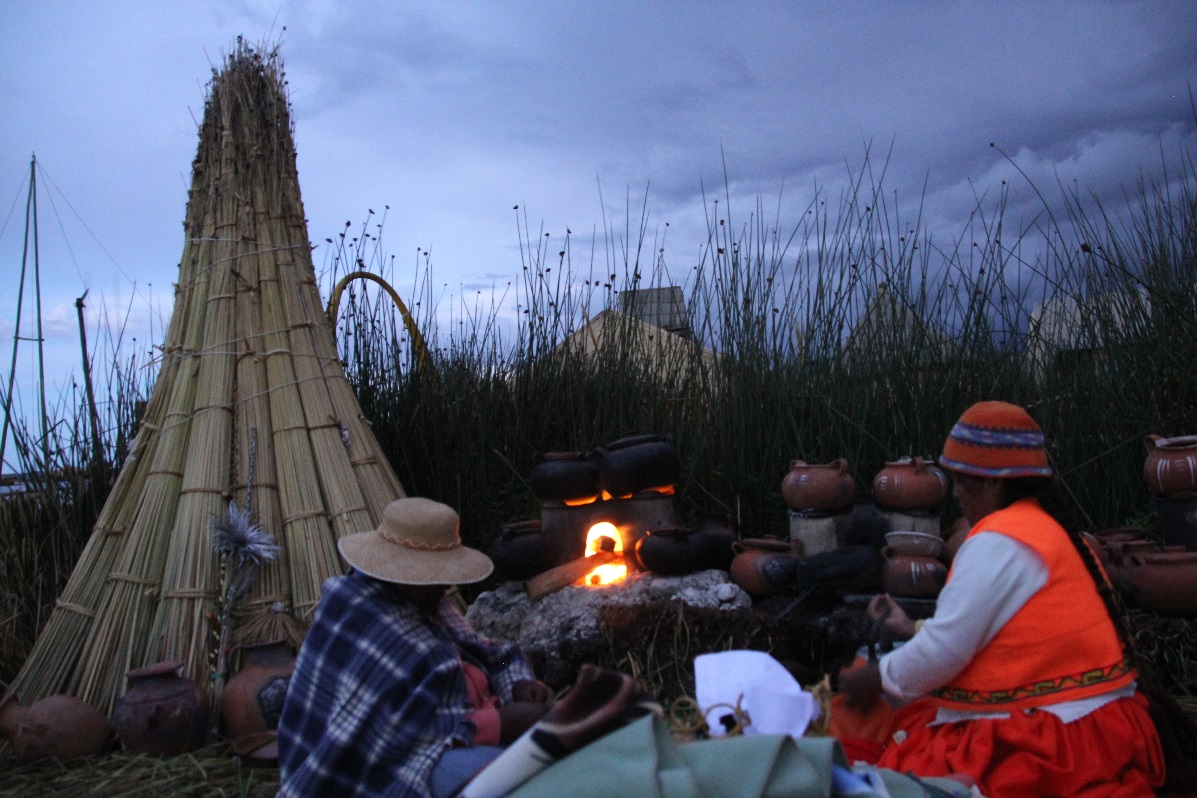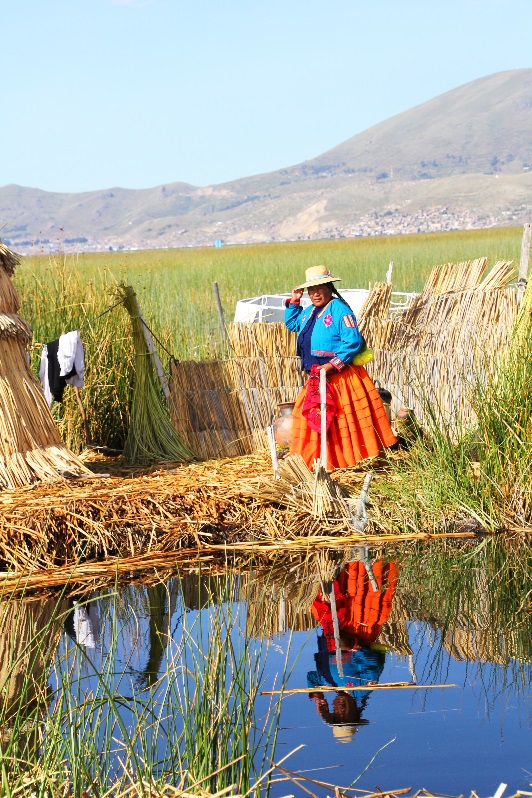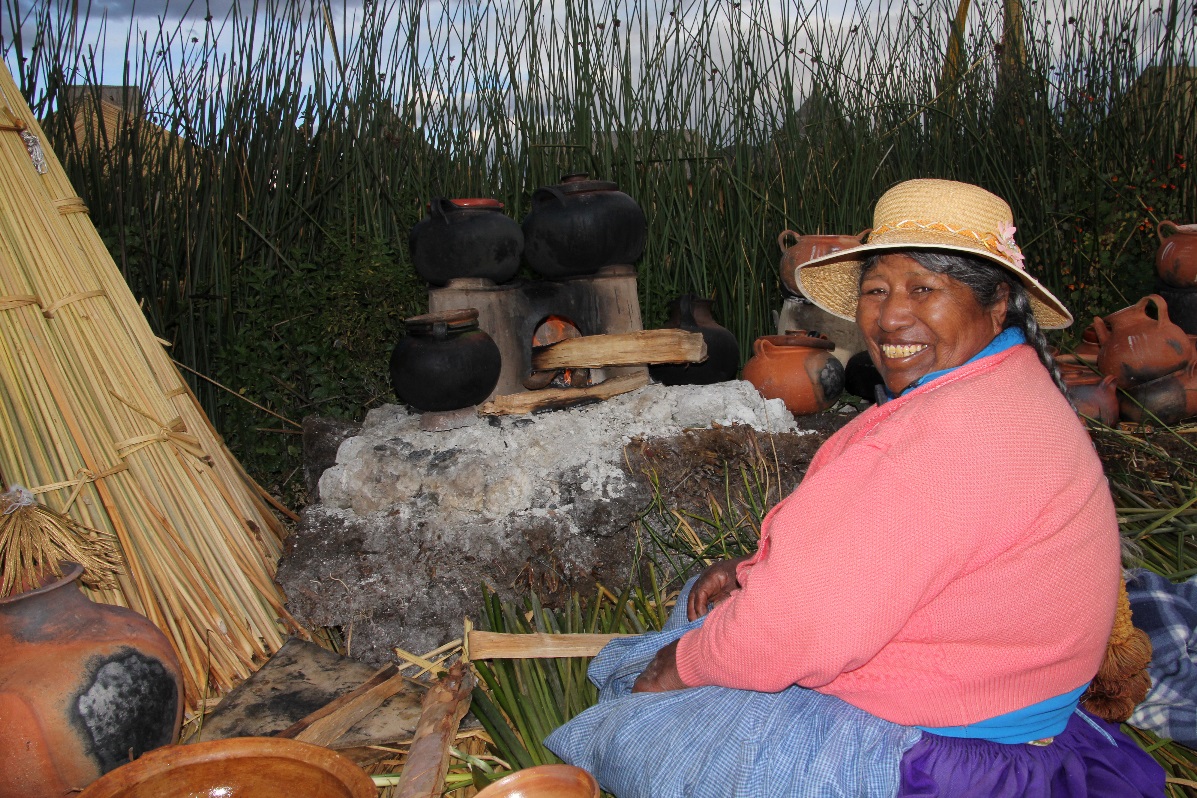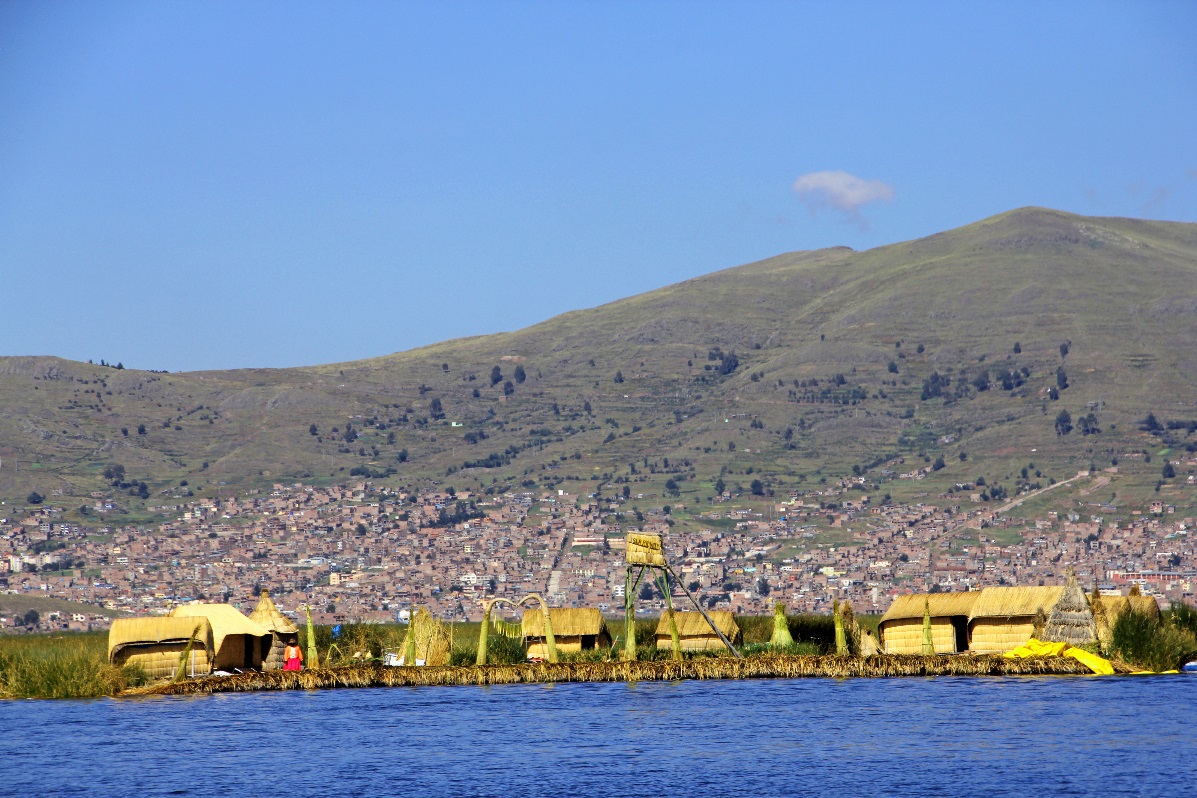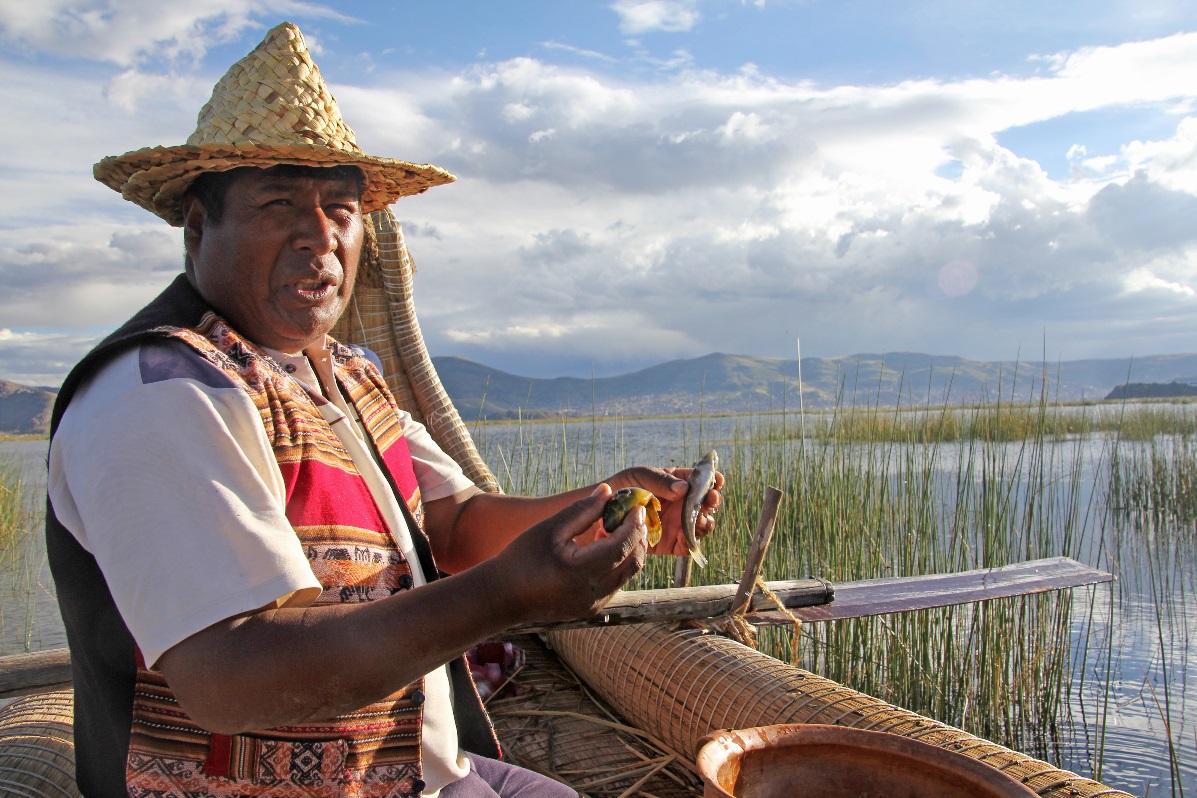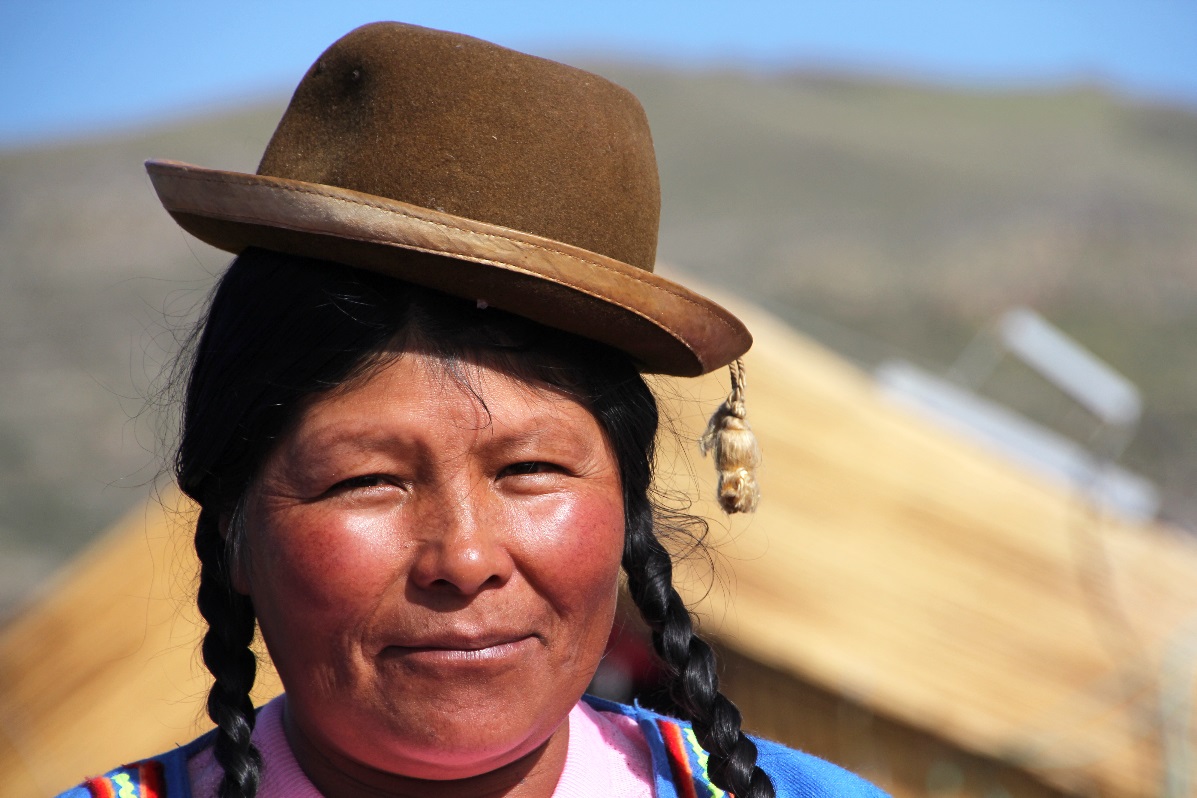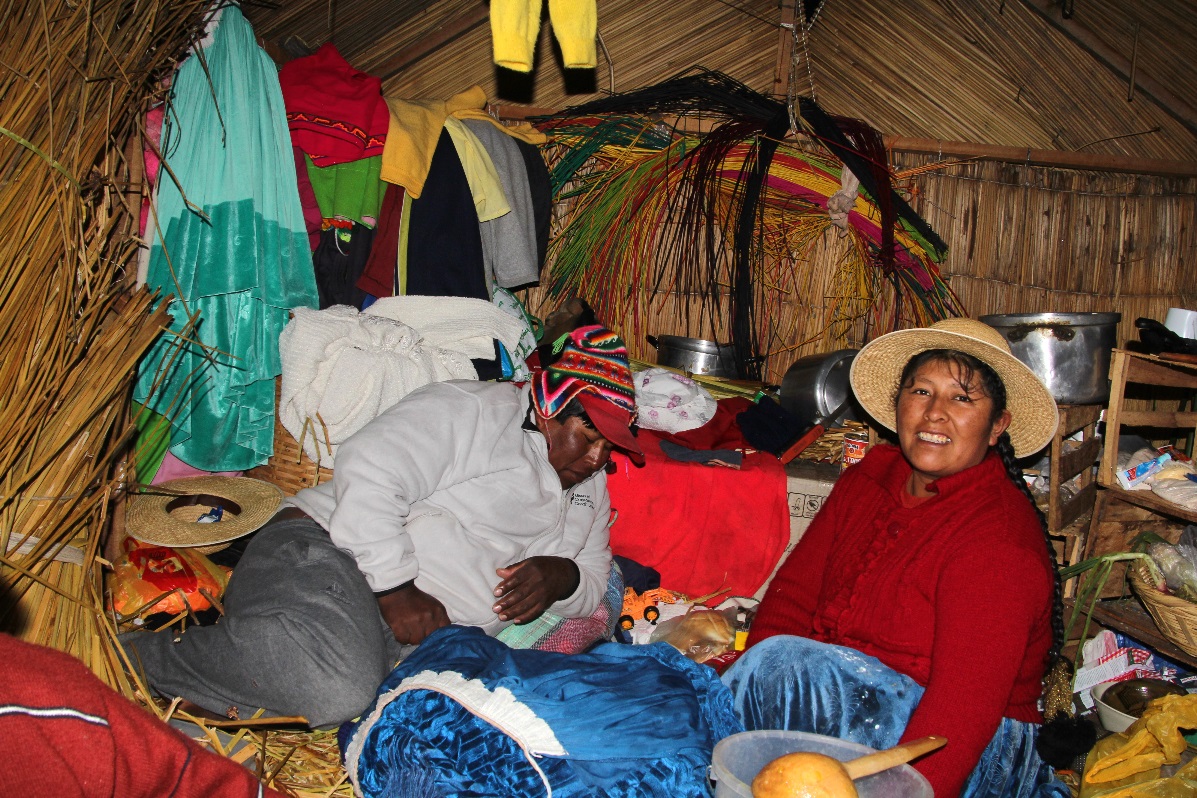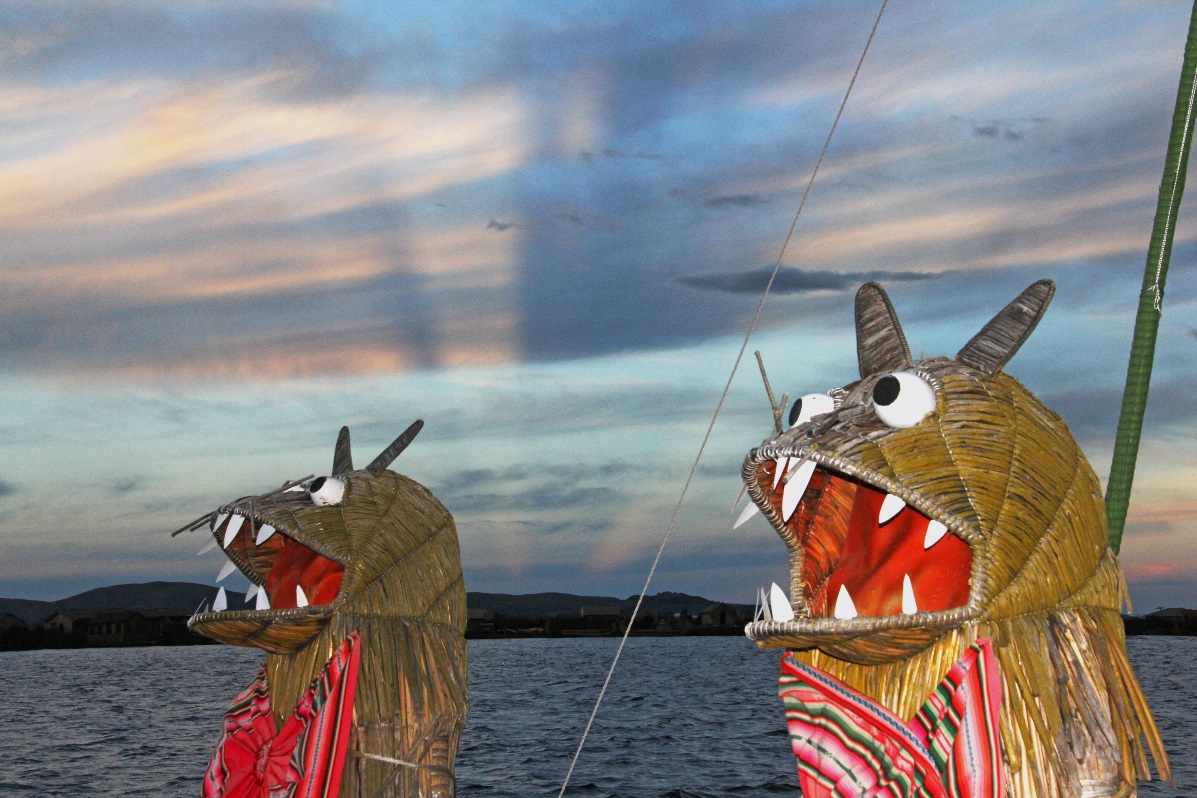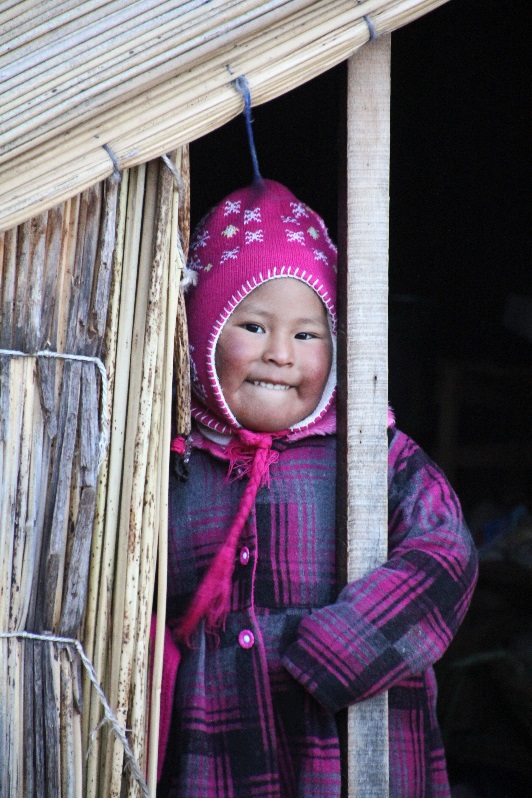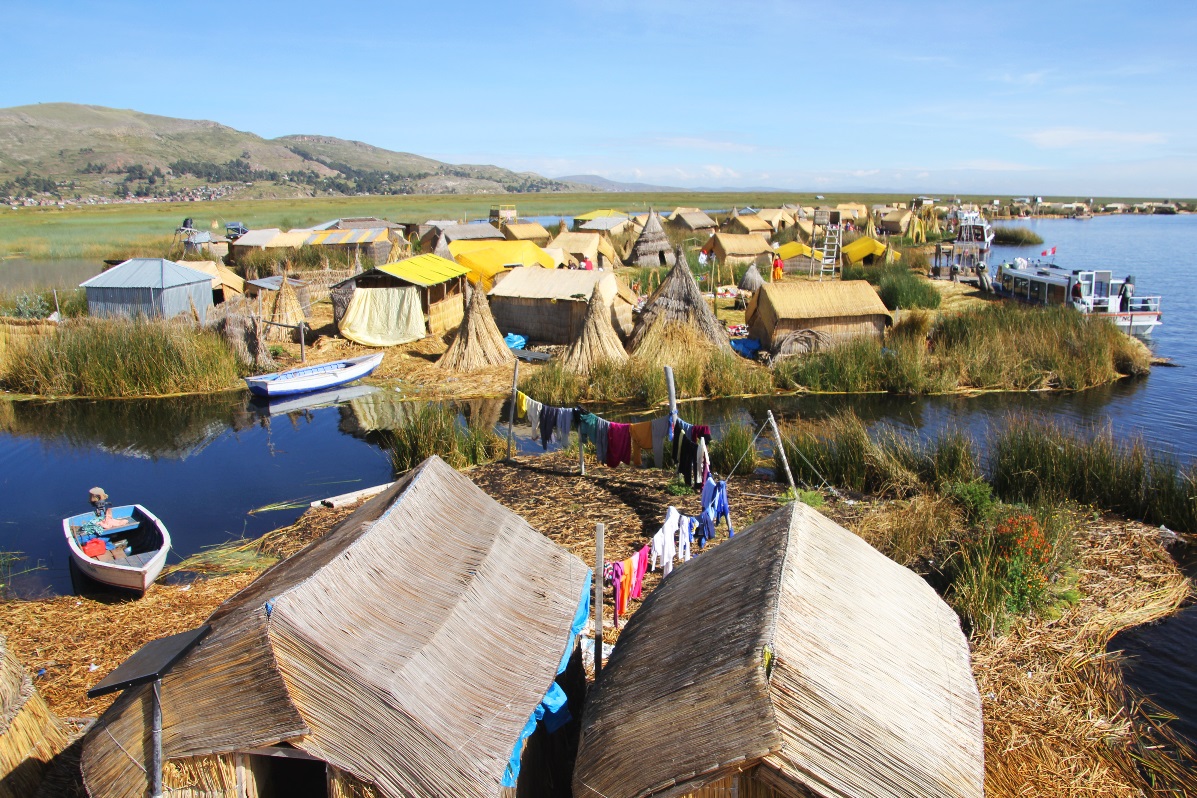Uros Islands, Peru – A Delicate Balance (12.04.13)
Lake Titicaca, at 3827m above sea level, is the world’s largest high-altitude water mass. Straddling the border between Peru and Bolivia, it is also the world’s highest navigable lake, with lush fertile lakeside terrain set against distant snow-capped Andean peaks. The heritage of its people is rich and varied; the majority of shore dwellers rely on grazing livestock and subsistence farming. The two ethnic peoples, the Armara and the Quechua, have distinctly different looks, cultures and languages.
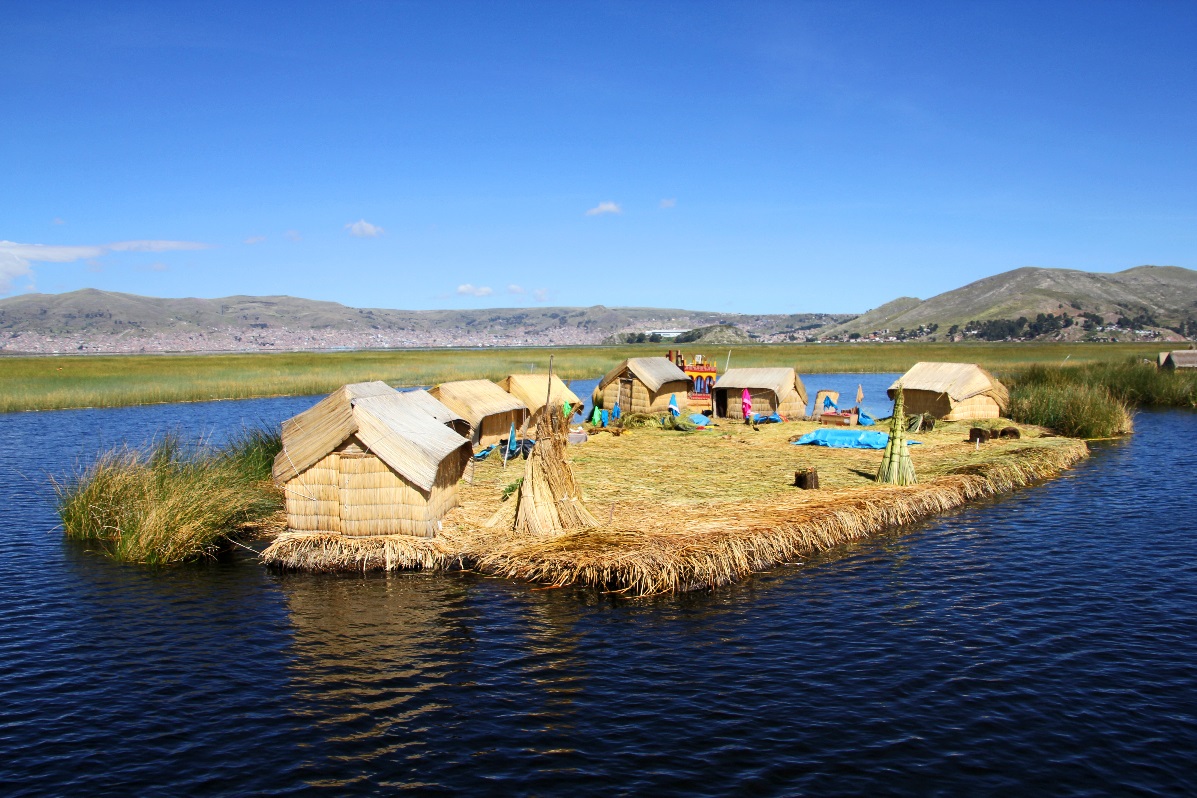
Having just spent time in the busy lakeside town of Puno and having visited the floating Uros Islands as well as the permanent island of Taquile, I was struck by the delicate balance required to engage in responsible and sustainable tourism.
Tourism plays an enormous part in sustaining the local Armara and Quechua economies, to the point that without tourists the Uros Islands themselves simply would not exist. The ancient way of life of their inhabitants is presently financed by the tourist dollar which keeps their traditional skills, beliefs and unique culture alive.
Without tourist payments the islanders would be unable to exist in today’s modern world. Surrounded by a relatively vibrant Peruvian economy, a staple diet of lake reeds and a limited fish supply would not be enough.
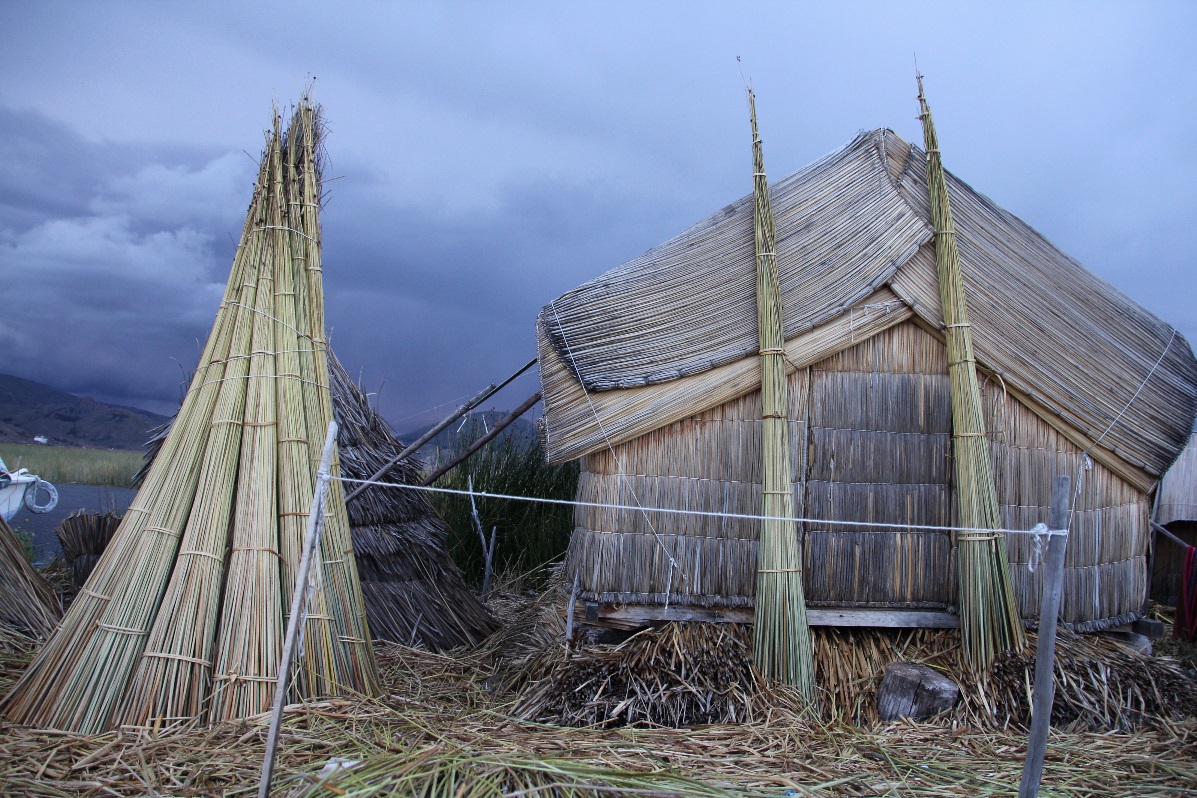
After a shaky period when tourism numbers fell away during the 1970s and ’80s the current relatively low-key tourist trade appears to be working well for everyone. So much so that there are now over sixty floating islands (although if island inhabitants fall out they can cut their island in half – creating an extra island). Living on the Uros Islands there are approximately six hundred inhabitants A gentle increase over the years has been encouraged by a well-run and evenly distributed source of income from domestic and international tourists.
When visiting the islands individually, or as part of a group, you are welcomed by an island spokesperson who directs you to a particular island, where the inhabitants welcome you and explain how their traditional lifestyle allows them to exist on their reed islands.
The sustainability issue is in balancing the delicate relationship between the local community, their environment and the tourists’ experience. For my part I think the present situation is working well – and Nomadic Thoughts will continue to enthusiastically arrange trips accordingly.
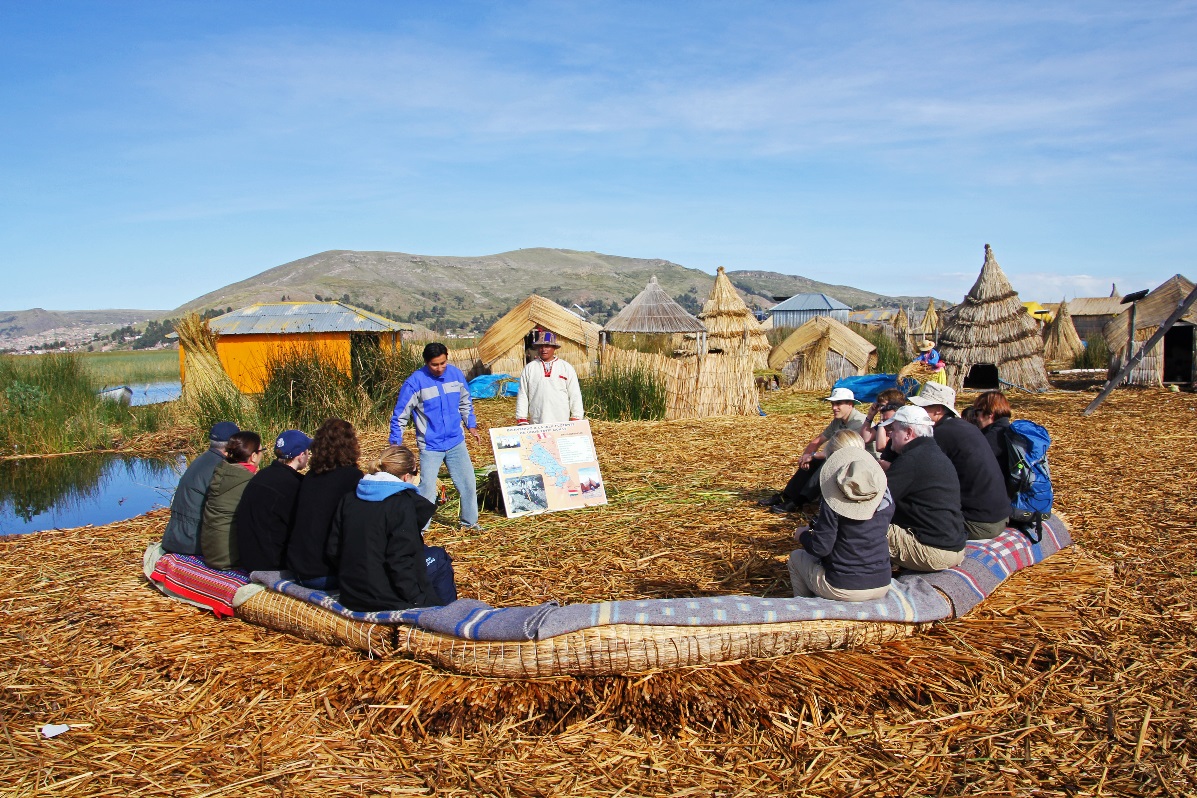
The local Uros Island community receives between 15 and 30 island visits a day and each island receives around 15-20 tourists. The average visit lasts an hour and the islanders are paid about 10 sols (US$4) per visitor. In addition they often sell local handicrafts. Earlier this week my local mainland guide said that on average each island makes approx $150/200 per day from their one hour visits.
The fabric of the islands themselves does not suffer – with a constant supply of totora reeds the local Uros are able to add to the islands’ flooring and housing infrastructure. The islands last 20-25 years before the reeds disintegrate – whereupon a new island, built after two months of community assistance, becomes inhabitable.
As tourists we have an opportunity to understand, experience and learn from this unique existence. Although a relatively short morning visit is rewarding and interesting in equal measure, my most enjoyable experience was staying the night on one of the islands. My family and I were hosted, along with other visitors, by a friendly, engaging and extremely hospitable combination of families.
Walking around the springy reed flooring felt strange at first, and the concept of cooking on an open fire surrounded by a world built from reeds certainly gave you a sense of caution. However, even with violent electrical storms bouncing around the surrounding mountains, and a strong cold breeze coming across the open waters, the islands we stayed on felt remarkably stable.
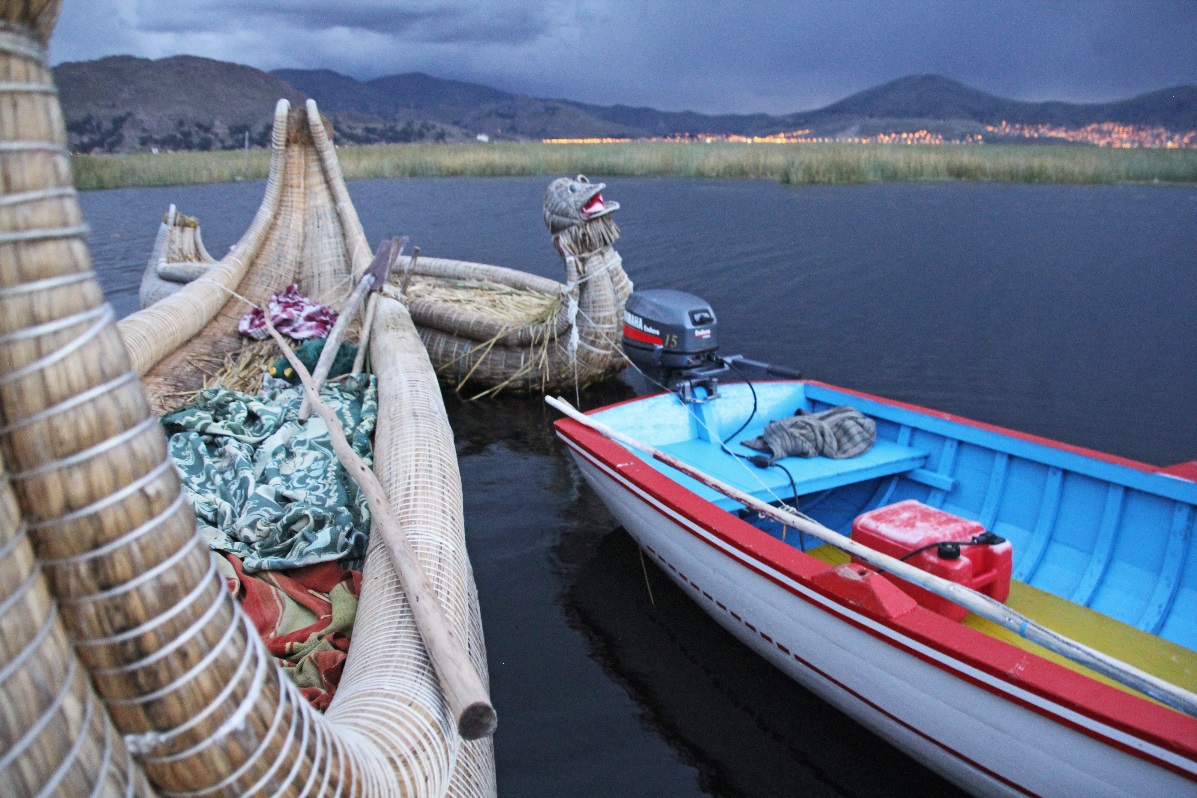
These images capture the intricacy of the Uros Islands life, set against the backdrop of a tourism-reliant existence. The fact that the islands are located so close to the commercial town of Puno allows the Uros Islanders themselves to engage with and embrace both lifestyle opportunities. The long-term question is whether their young people will choose to live the traditional way of life.
In the meantime the tourism dollar is, at the very least, securing the future of an ancient way of life that would otherwise disappear into the annals of time.